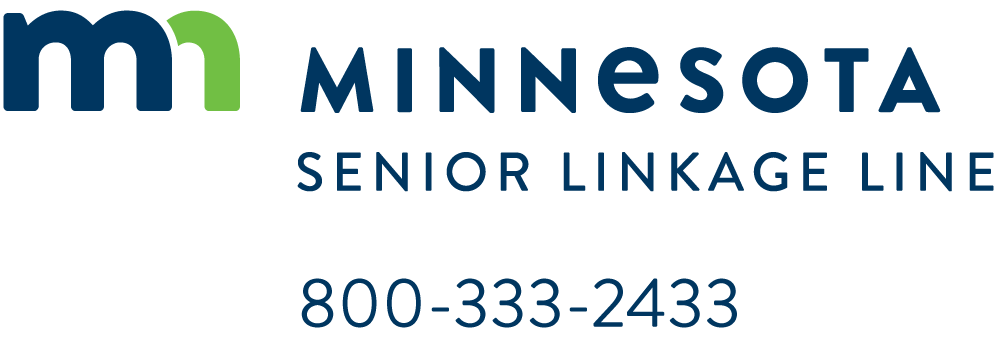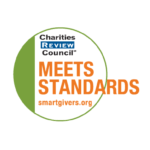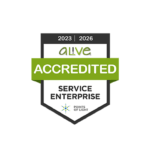

Specialists with the Minnesota Senior LinkAge Line talk with thousands of older adults and their caregivers each year. Trellis provides these services in the Twin Cities metro area.
Our specialists hear heartbreaking stories resulting from the high cost of prescription drugs. These are a few of their stories.
Unaffordable: medication costs at $4,800 per month with $1,000 copay
A specialist assisted a caller in their early 60s who is certified disabled and will qualify for Medicare in a few months. The caller is eligible for Medical Assistance for Employed Persons with Disabilities (MA-EPD) but still wouldn’t be able to make ends meet. The individual had been out of medications for several months and could not afford to buy more due to the high cost. Their arthritis medication, Xeljanz, costs $4,800 per month and copays would be over $1,000 each month even after being covered by Medicare. The individual has applied for Extra Help (also called Low Income Subsidy) but is waiting to learn if they qualify. In the meantime, this individual does not have needed medications and is at risk for their health deteriorating without them.
GoodRx provides lower cost prescriptions
We received a call from an individual, age 78. The caller’s household income is too high for Extra Help. The lowest cost Medicare plan still leaves him with very high copays. Previously, he has gone to a Canadian pharmacy to save money. Due to the pandemic, that pharmacy is delayed in getting prescriptions to consumers. His medication costs under the Medicare Part D plan are much higher than through GoodRx using GoodRx coupons we mail to him. If the caller hadn’t reached out to the Senior LinkAge Line and we weren’t able to offer GoodRx, he would have had much higher costs. Our assistance saves him over $100/month.
Chemo treatment at risk because of plan mixups
A specialist received a call from a 63-year-old who was certified disabled and receiving treatments for a cancer diagnosis. She was newly eligible for Medicare. The caller was referred to the Senior LinkAge Line because her pharmacy told her she did not have coverage for her urgently needed medications. Her Medical Assistance (MA) coverage was no longer valid for filling her medications once she was on Medicare. She was concerned about a potential lapse in her health care coverage. The caller was also struggling with pneumonia and was unable to fill her prescriptions. She relied on urgent care for nebulizer treatments. After many phone calls to the county and Medicare, the specialist learned that she was not coded on the correct Medical Assistance program, one that worked with her Medicare. The county updated the system so that she could fill her prescriptions and she is now covered under a temporary program until her Part D plan starts in November. She was able to keep her appointment for chemotherapy treatment later that week.
Finding assistance for prescription drug costs is challenging
A Senior LinkAge Line specialist received a call from a married couple, ages 66 and 67, looking for help comparing 2022 Medicare Advantage plans. They currently have high drug costs associated with two medications: Anora Ellipta (inhaler) and Rybelsus (typically prescribed for Type II diabetes). They both were enrolled in a Medicare Advantage plan with a premium of about $70/mo. Their current monthly income is just over what would qualify for Extra Help. They have assets which exceed guidelines for a couple and therefore were unable to qualify for reduced drug costs. The wife went into the coverage gap (after a plan has spent $4,130 on covered drugs there is a temporary limit on what the plan will cover for drugs) in August/September this year. If they stay enrolled in their current plan for 2022, annual drug copays for their medications are estimated to be just over $2,800 with an average monthly drug cost of $100- $500. The husband asked his doctor if he could stop or change his medications due to the high expense, but the doctor does not advise to do so.
In completing the comparison for 2022, the specialist was unable to find a plan that would avoid the coverage gap next year and gave her contact information for patient assistance programs through the drug manufacturer. Most plans had similar costs so a change to another insurance carrier wasn’t a significant cost savings.
This couple’s experience demonstrates the complexity of Medicare and the hodgepodge of potential assistance with prescription drug expenses that few older adults know about. The manufacturers’ programs can be very helpful, but they require an application and approval process. The programs are available for a limited number of drugs and manufacturers can and do end these programs at their discretion.
The Senior LinkAge Line is a free, statewide service of the Minnesota Board on Aging in partnership with Minnesota’s area agencies on aging.



